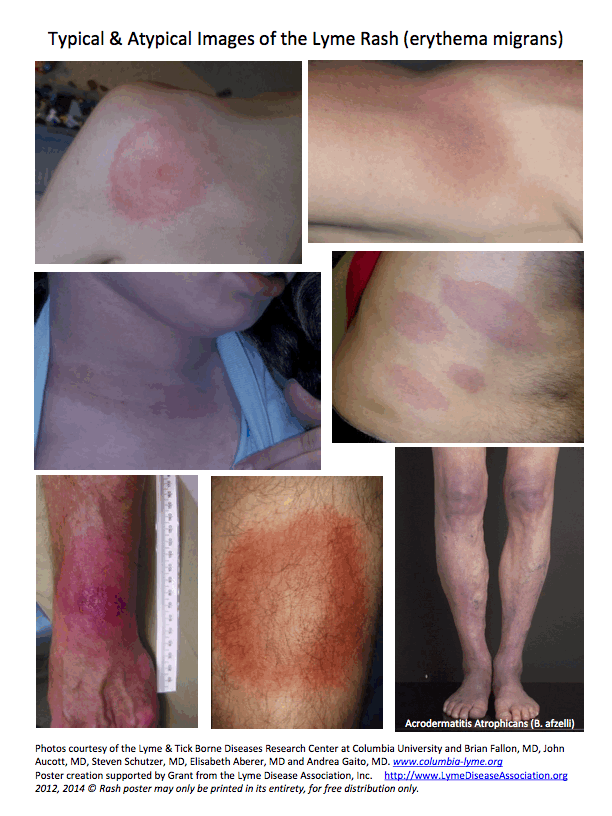
SHARE THIS ARTICLE:
Tick Feeding Disrupts Skin Immune Network
 The Journal of Clinical Investigation (Strobl, J.; et al.) published “Tick feeding modulates the human skin immune landscape to facilitate tick-borne pathogen transmission” on September 27, 2022. In this study, researchers developed a model to evaluate effects on human skin and blood following tick attachment and Borrelia pathogen transmission.
The Journal of Clinical Investigation (Strobl, J.; et al.) published “Tick feeding modulates the human skin immune landscape to facilitate tick-borne pathogen transmission” on September 27, 2022. In this study, researchers developed a model to evaluate effects on human skin and blood following tick attachment and Borrelia pathogen transmission.
Observations after infected tick bite included patterns of immunomodulation that occurred quickly, including increases in neutrophils, a type of white blood cell (leukocytes) that act as your immune system’s first line of defense, as well as an increase in B and T cells in the skin. B cells produce antibodies that attack pathogens and toxins, T cells destroy the body’s own cells that have been invaded by viruses or cancers.
The Borrelia burgdorferi model of early infections demonstrated immune responses that were strain specific and showed close spatial relationships of Lyme bacteria and immune fighting cells in the skin. Testing of the model showed that accumulation of immune cells and increased spirochete loads were impeded by first extracting tick salivary glands prior to tick attachments. Researchers demonstrated through this model that tick feeding (with intact salivary glands) creates an intense immune network disruption in the skin which obstructs initial immune response against tick-borne pathogens.
For More Information
Other LDA Articles that Relate





